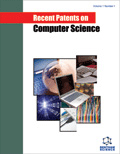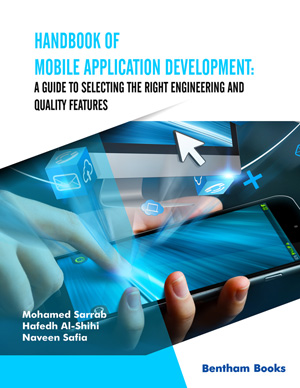Abstract
The Internet of Things (IoT) has unquestionably exploded into the forefront
of everyone's lives, whether they realise it or not. Internet of Things (IoT) technology is
now used in medical devices, transportation, and even in our homes. Devices such as
these have the ability to access a great deal of personal information. Because of their
diminutive size, these devices have made insufficient efforts to build security into their
design. Sensors, cameras, and lights are all examples of Internet of Things (IoT)
devices that can be used to automate daily tasks around the home. Smartphones and
speakers can be used as remote controllers to operate these gadgets. A smart home's
IoT devices collect and process data on motion, temperature, lighting control, and other
variables, and they store a wider range of data from more diverse users. A wide variety
of smart home devices can make extracting meaningful data difficult because of their
differing data storage methods. Data from a variety of smart home devices, as well as
data that can be used in digital forensics, must be collected and analysed. Google Nest
Hub and Samsung Smart Things are the primary sources of forensic smart home data
that will be analysed in this study. As a result, we analysed the smart home data
collected using companion apps, web interfaces, and APIs to find information that was
relevant to our investigation. Various types of data collected by smart homes are also
discussed in the paper, and they can be used as crucial evidence in certain forensic
cases. IoT devices in a smart home can be hacked, and we'll investigate how, what data
can be recovered, and where it resides after it has been hacked as part of our
investigation.






















